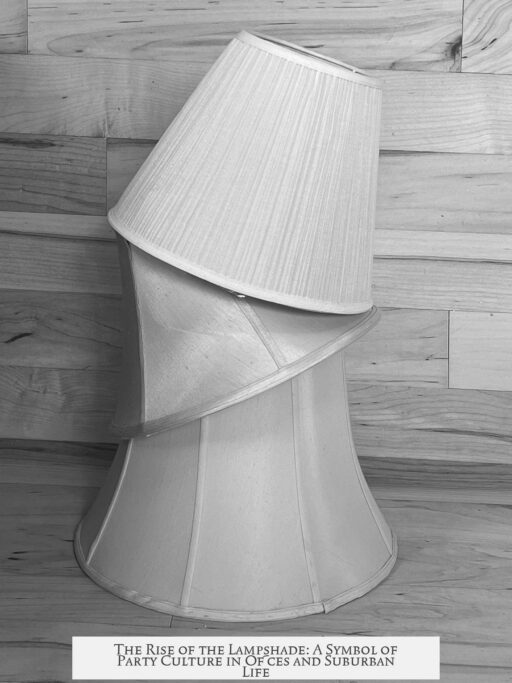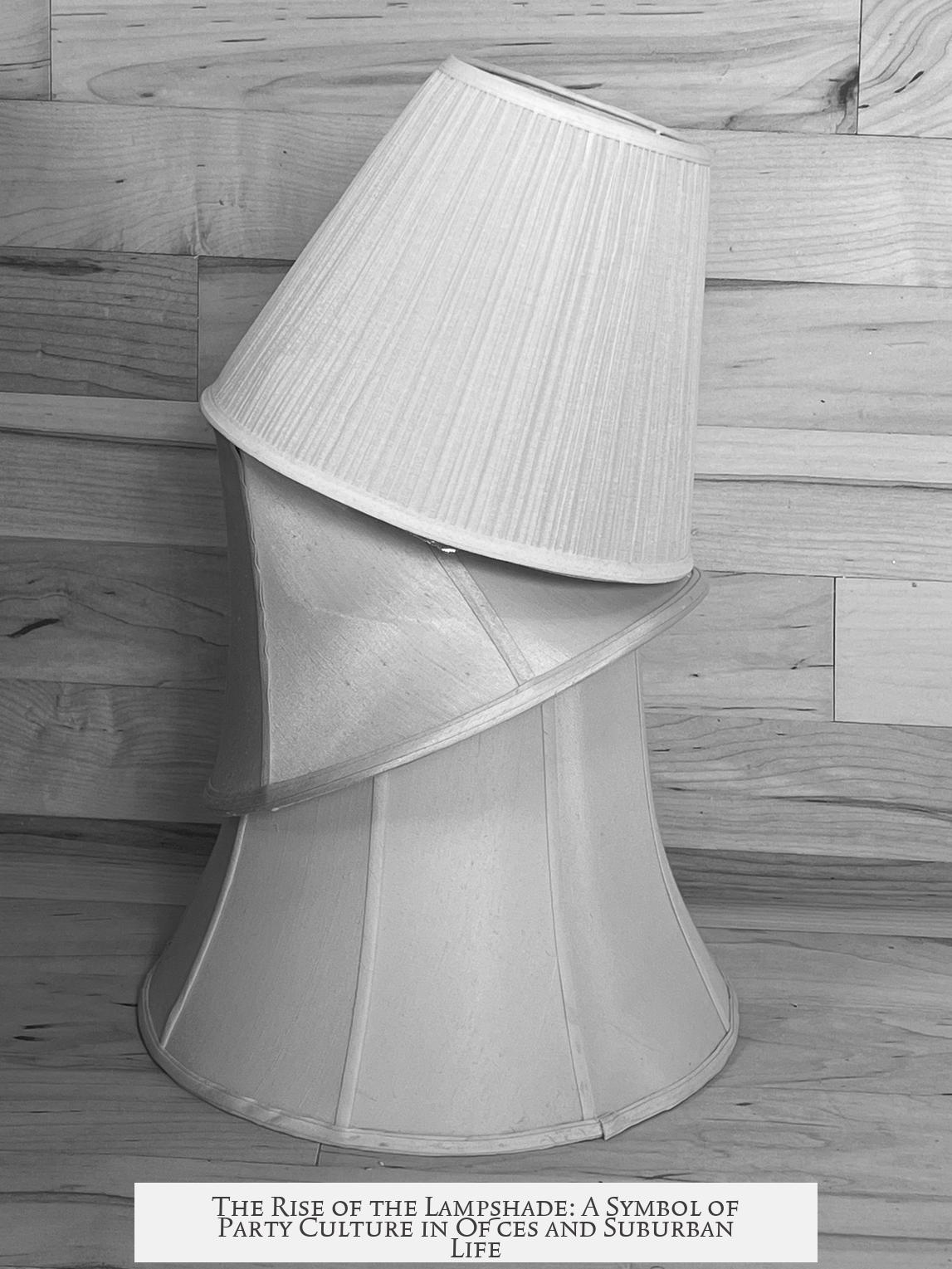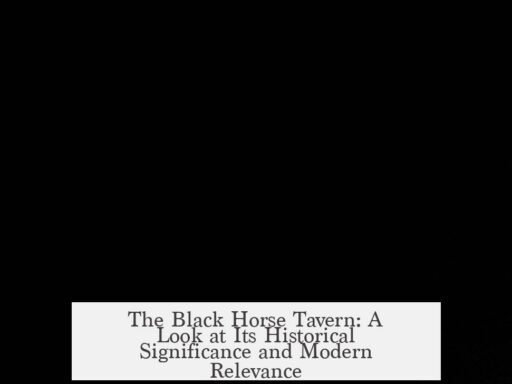The image of “wearing a lampshade on your head” became a prominent symbol of suburban or office party debauchery largely due to its early association with alcohol-fueled antics and social embarrassment at gatherings. This trope dates back to at least 1928, when a piece in the Baltimore Evening Sun described the “life of the party” placing a lampshade on his head during an evening event. This act combined humor, a hint of chaos, and a disregard for proper decorum, leaving hosts uncertain about the damage to their lampshade’s appearance. The imagery captured the moment when formal social settings gave way to uninhibited behavior.
A decade later, in 1938, columnist Paul Harrison wrote about John Barrymore’s unpredictable antics, which included putting a lampshade on his head, further linking this gesture with disorder and comedy in otherwise “orderly households.” This reinforced the theatrical aspect of the trope, where wearing a lampshade becomes part of playful, sometimes drunken, performance—a hallmark of raucous parties.
Speculation about the origins often points to vaudeville and silent films. Charlie Chaplin, for instance, once used a lampshade as a disguise in a comedy sketch. However, that use was more about physical humor without the connotations of intoxication or embarrassment that later defined the trope. Over time, the act shifted from mere comedy to a marker of loss of self-control or lighthearted rebellion in social settings, particularly suburban or office parties where such behavior contrasts with the usual decorum.
Popular media and discussion forums such as TV Tropes have cataloged lampshade-wearing moments as shorthand for uninhibited party behavior. This cements the image in popular culture as an immediate visual cue for foolishness, mild chaos, and a break from structured social norms at informal gatherings.
| Aspect | Details |
|---|---|
| First Documented Use | 1928, Baltimore Evening Sun describing party antics |
| Notable Early Example | 1938, John Barrymore’s household chaos |
| Origin Speculation | Vaudeville and silent film comedy (Chaplin) |
| Pop Culture Usage | Symbol of drunken, goofy party behavior (TV Tropes) |
- Wearing a lampshade on the head symbolizes a loss of decorum linked to alcohol-fueled parties.
- Early 20th-century references connect the trope to humorous misbehavior at social events.
- Vaudeville and silent film comedy contributed to popularizing the gesture.
- Present-day media uses the trope as shorthand for silly or wild party antics.




